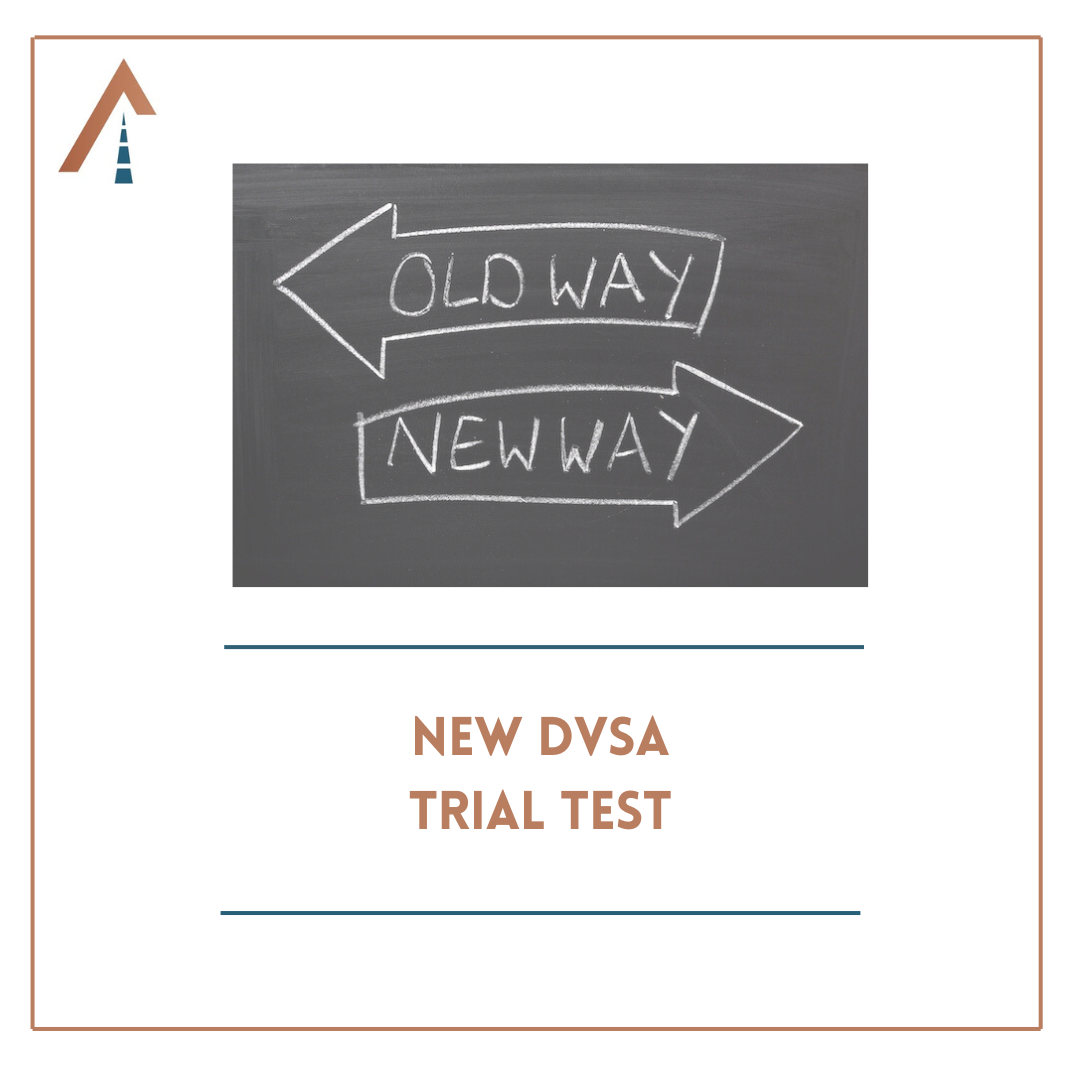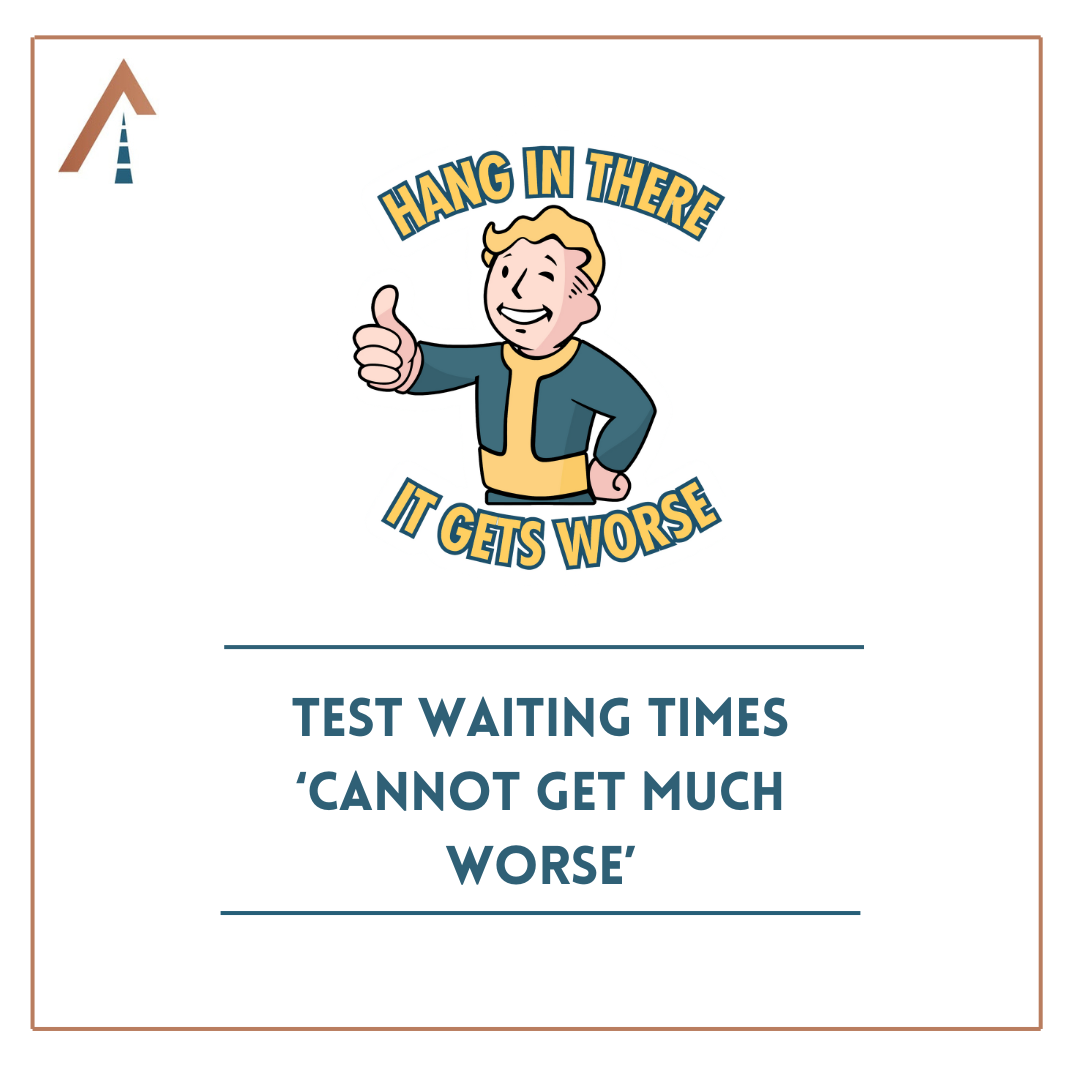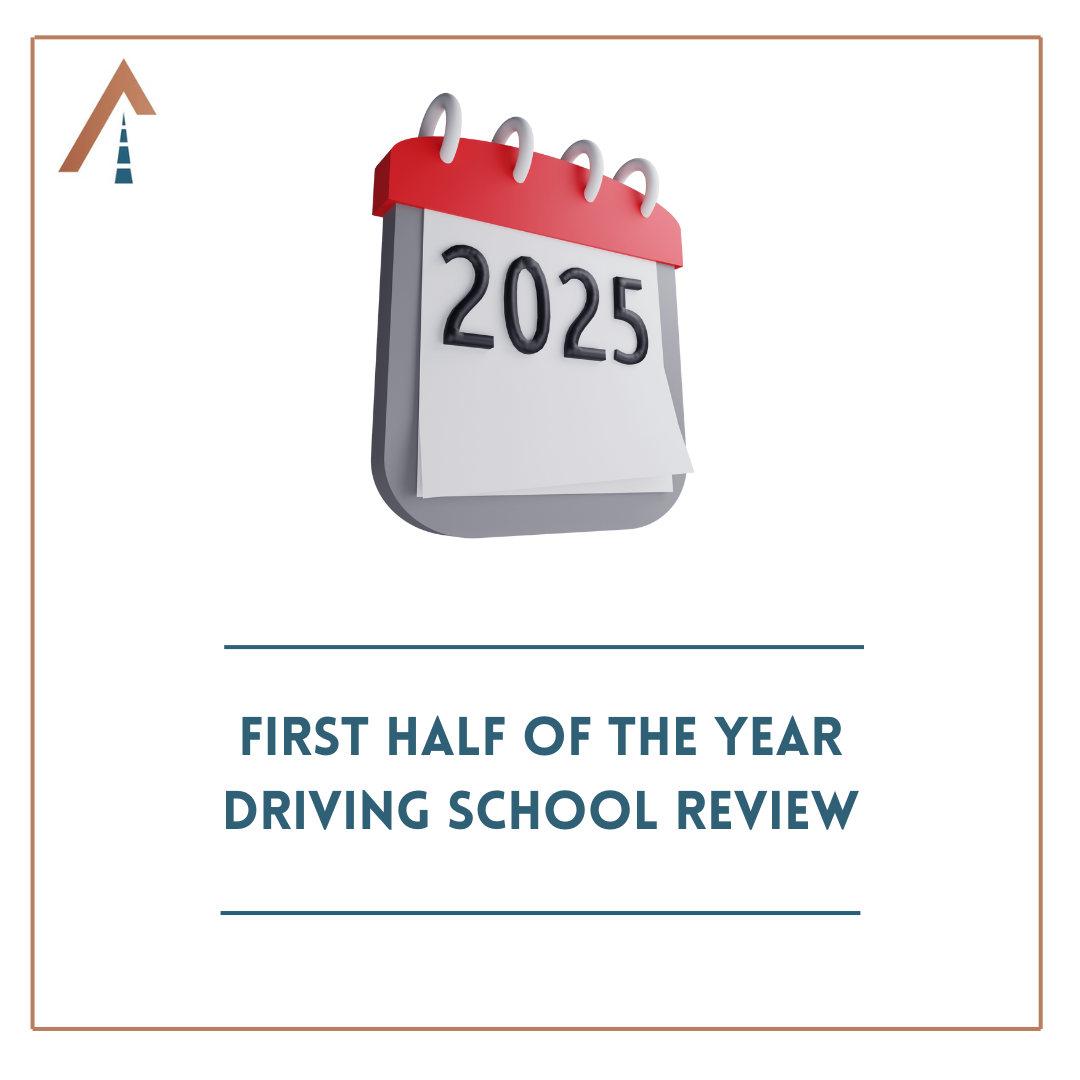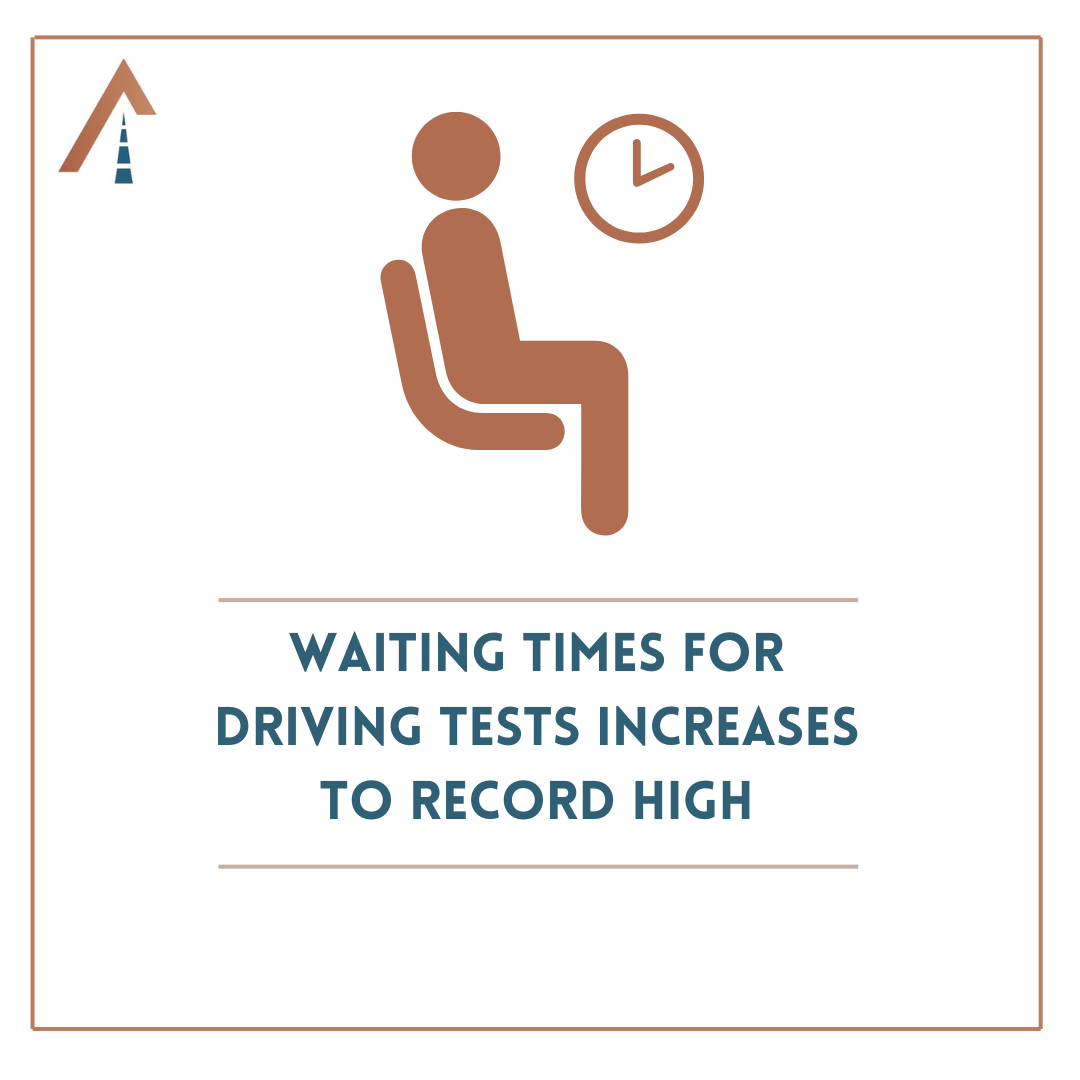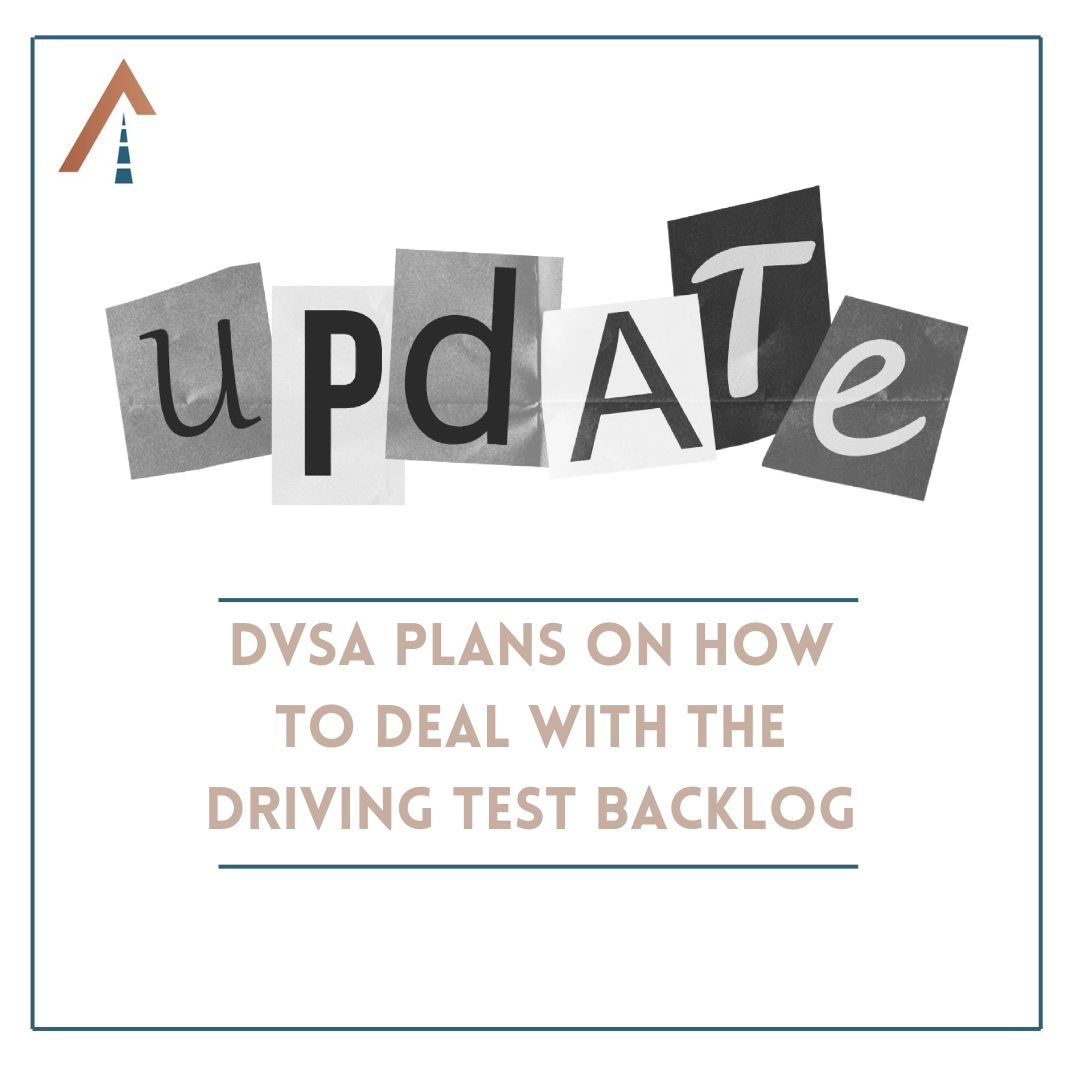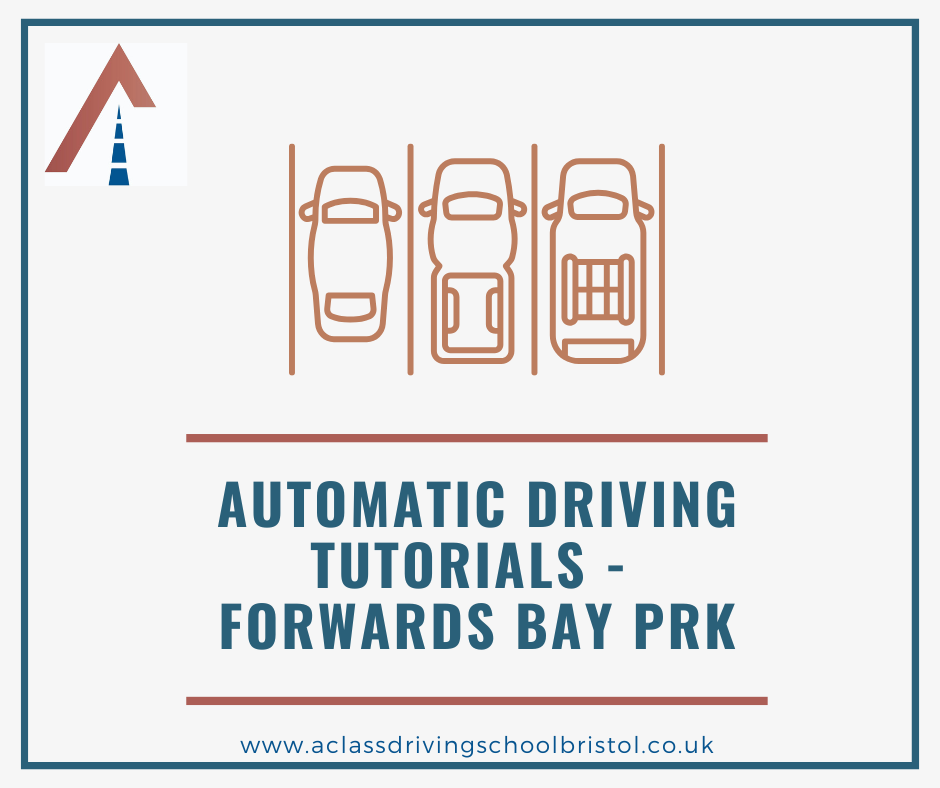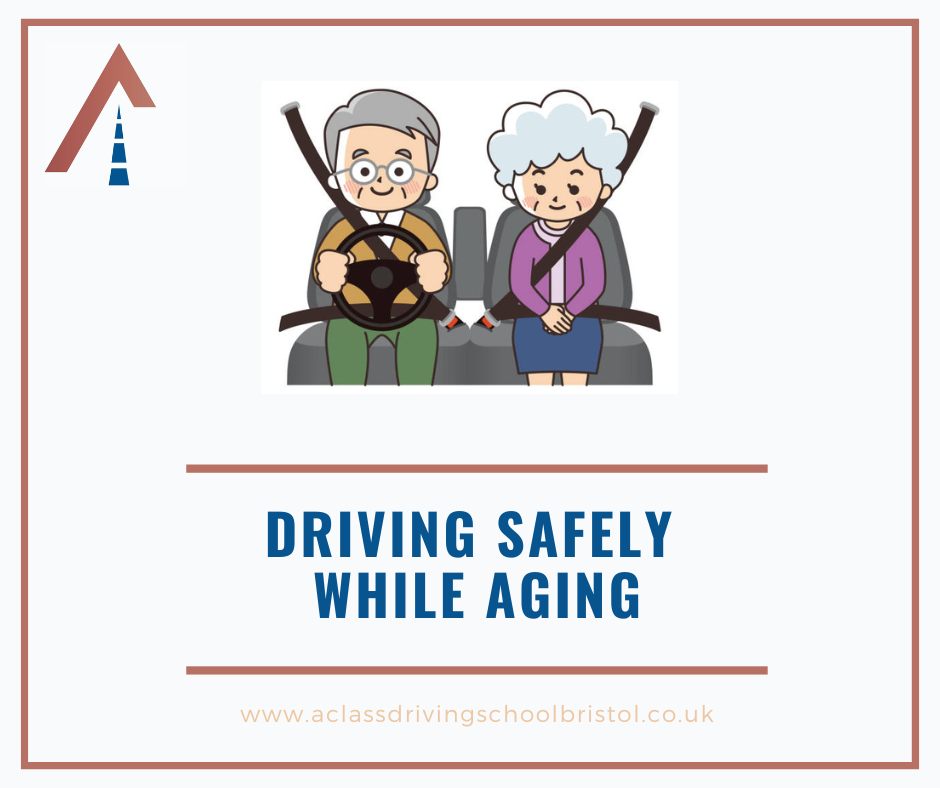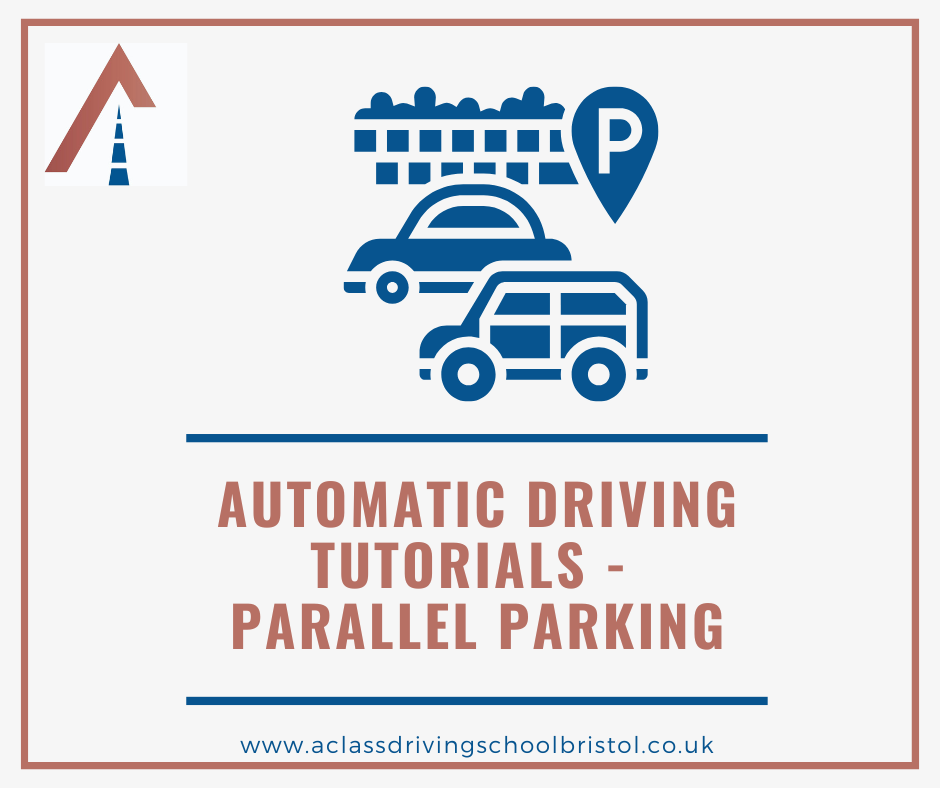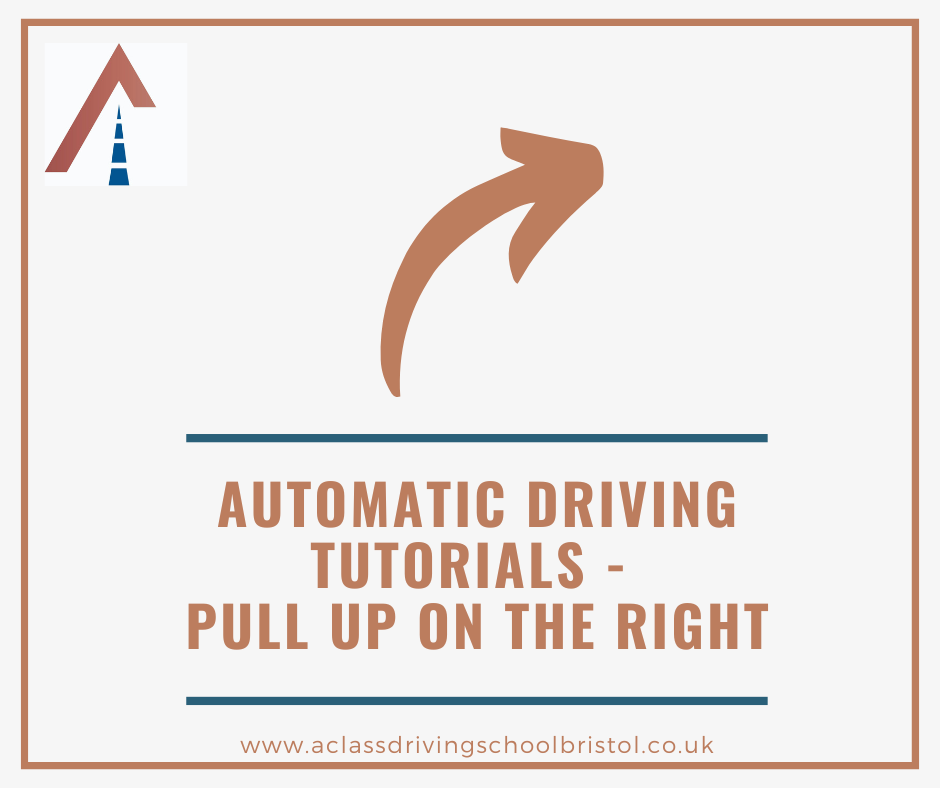Approaching Junctions Cheat Sheet
Approaching Junctions(turning left and right into the minor road) - Cheat sheet for parents
This weeks cheat sheet for non-driving instructors is to help teach learner drivers how to go about approaching junctions. This is the term we use when talking about turning from the major road into the minor. Approaching junctions for left and right are both similar, using he MSM routine (click here for more help on that), but with little twists between each one.
Approaching junctions on the left
Approaching junctions to the left tends to be the easier. Getting a nice circuit where you can repeatedly turn left multiple times is great practise. Once they look happy at doing this, only then consider the more difficult right turn.Mirrors Interior first to see how close the vehicles are behind you. Then you know what level of braking to apply. Then the left door mirror to check for cyclists.Signal Not too early, not to late. To early and it could be misleading, to late and others can't respond in time to what you're doing.Position Stay in your normal drive position, 1 meter from the kerb/parked cars.Speed By the time you're 1 to 2 car lengths from the turn, you should be down to 10 to 12 mph. Braking can occur way back at the signal stage, because the brake light is a signal.Look At the shape of the corner and to see if any pedestrians are crossing the mouth of the road.Once at your point of turn, in you go. If students are struggling with this, wait until the kerb of the new road vanishes behind the left front windscreen pillar.
Approaching junctions on the right
Approaching junctions on the right is more difficult due to having to take in to consideration on-coming traffic and the steering is much sharper. Mirrors Interior first as before, then right door mirror. Looking for overtaking road users, most likely with a engine. Signal Same as before. Position If there is scope for movement to the right, come across to free up space for other road users to move past you as you slow for the junction. Stay on your side of the road however. Speed Same as before. 10 to 12 mph a few car lengths before your junction allowing you enough time to ...Look There's more to think about this time. Firstly, priorities. The oncoming traffic has it. If you feel by making the turn you'd slow them down in any way shape or form, you need to stop. The place you stop is level with the hazard lines if they were continued out from the minor road. In a position where you'd block a car leaving the side street turning right. POM, then as soon as they've gone, away you go.If we rewind a little and notice there are no oncoming vehicles, then we go first time. The thing to be looking for here is not cutting the corner in the new road. Doing so is dangerous and could cause an head on collision with traffic.I'd advise having a high right hand on the wheel before making the turn and sharply add and unravel at the correct moment. The pull - push method of steering is recommended. Practise with a dinner plate at home.


